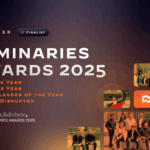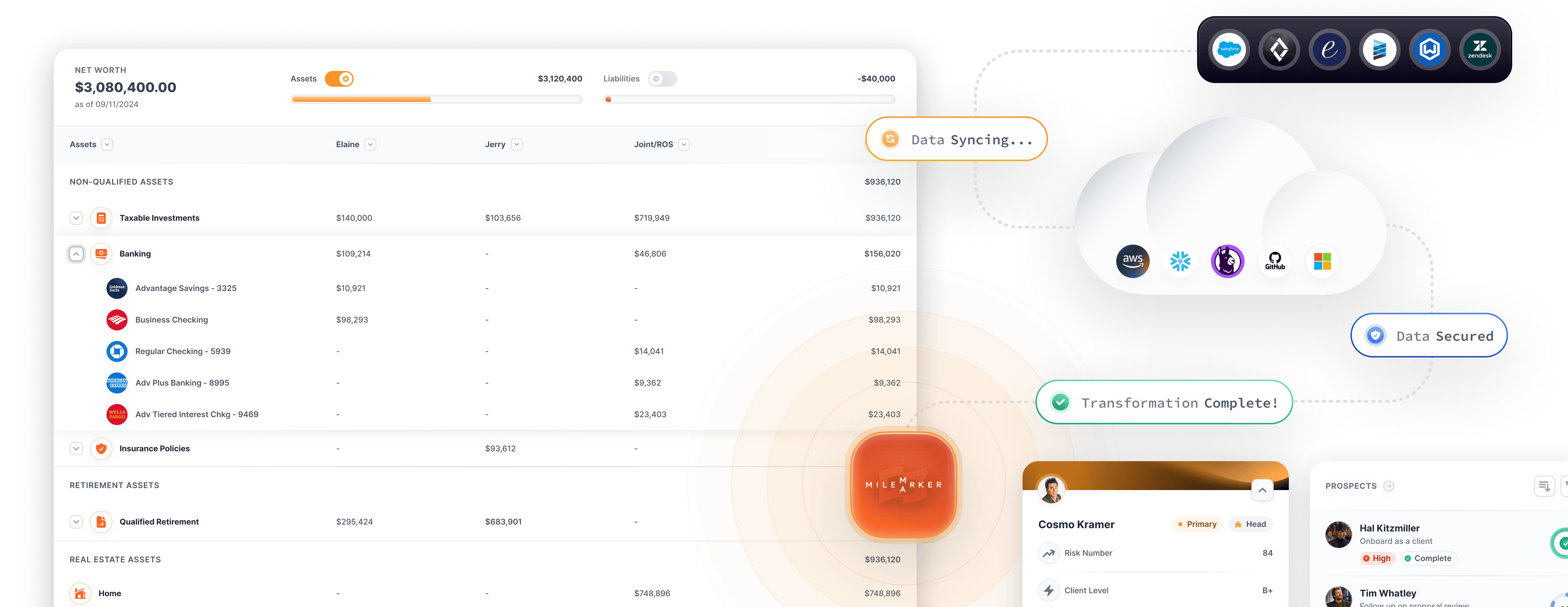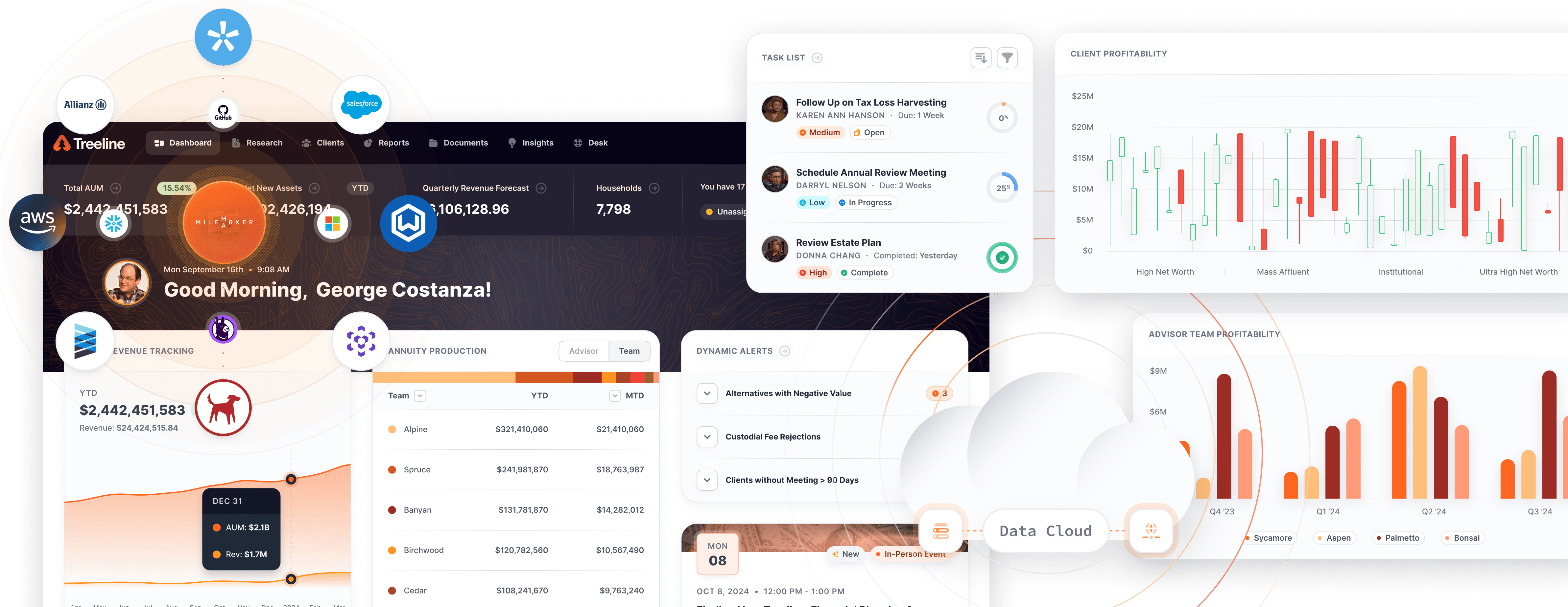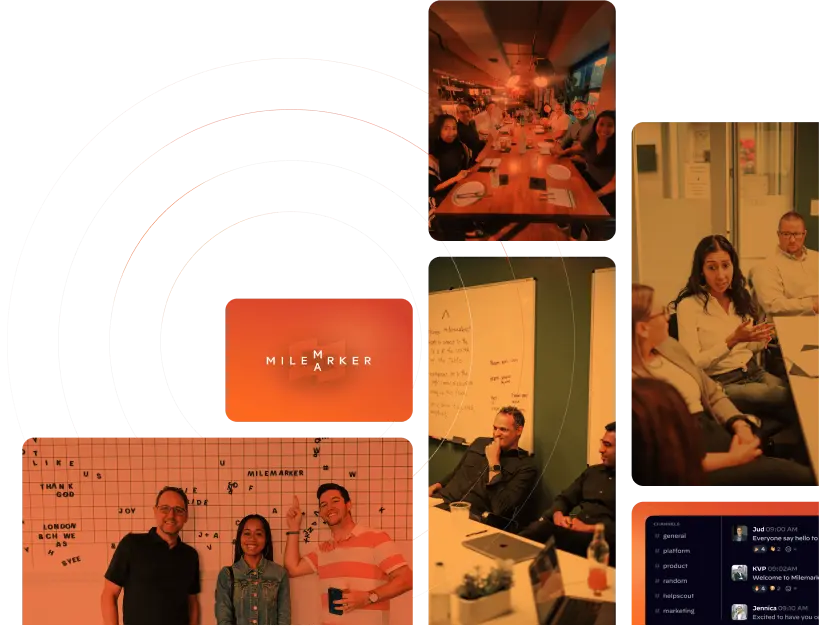Most firm leaders didn’t enter wealth management to manage servers, APIs, or vendor contracts. They chose this field to guide clients, build trust, and grow financial futures. Yet somewhere along the way, many advisors find themselves spending more time fixing tech problems than advising clients.
Welcome to the “Accidental CTO” trap.
Why Advisors Get Dragged Into Tech Roles
The slide into accidental CTO territory rarely happens all at once. It begins with one system: a CRM to track client relationships. Soon, a financial planning tool joins the mix. Then comes billing automation, trading software, or a new portfolio management platform.
Each tool promises efficiency, but every addition creates another integration point, another password, and another source of friction. Before long, a managing partner or senior advisor realizes they’re devoting hours each week to troubleshooting technology, explaining issues to staff, or chasing down vendors. Instead of leading client conversations, they’re knee-deep in error logs.
As Kailash Duraiswami, CTO of Milemarker, puts it: “Becoming a CTO should be intentional.” In other words, technology leadership requires strategy, not accident.
Smart Firms Delegate, Not Drown
The most successful RIAs don’t try to become technology managers. They make a clear choice to delegate. They outsource infrastructure to specialists who understand how to maintain and secure systems. They invest in a real tech strategy instead of reacting to fires as they arise. And most importantly, they choose platforms designed to simplify rather than complicate their operations.
Delegation doesn’t signal weakness. It demonstrates maturity and scale. Just as clients trust RIAs to handle wealth strategies instead of managing their own portfolios, RIAs should trust experts to handle the technical backbone of the firm. This frees leaders to focus on growth, culture, and client success.
Building a Plan to Stay Out of the CTO Chair
Avoiding the accidental CTO trap requires discipline and foresight. Start by honestly assessing your current technology stack. If you’re spending more time managing systems than using them to serve clients, that’s a red flag.
Next, define clear ownership of technology. Decide who carries responsibility for systems, integrations, and vendor management. If that person is you, and you’re also running the firm, the balance won’t hold for long.
Finally, establish a “no accidental CTO” rule inside your firm. Commit to staying client-first and tech-enabled — but never tech-run. This mindset prevents distractions, reduces burnout, and ensures technology serves the business instead of running it.
The Real Lesson
The best RIAs don’t just buy good technology. They maintain the right relationship with it. They know that tools should extend their capacity, not consume their focus.
Wealth management firms that avoid the accidental CTO trap create more time for leadership, stronger relationships with clients, and a scalable foundation for the future. In an industry increasingly shaped by data, automation, and AI, that focus becomes the true competitive edge.
These insights are inspired by the latest episode of the Next Mile podcast featuring Kailash Duraiswami, CTO at Milemarker.
👉 Listen to the full episode here and explore additional articles in this series.
















